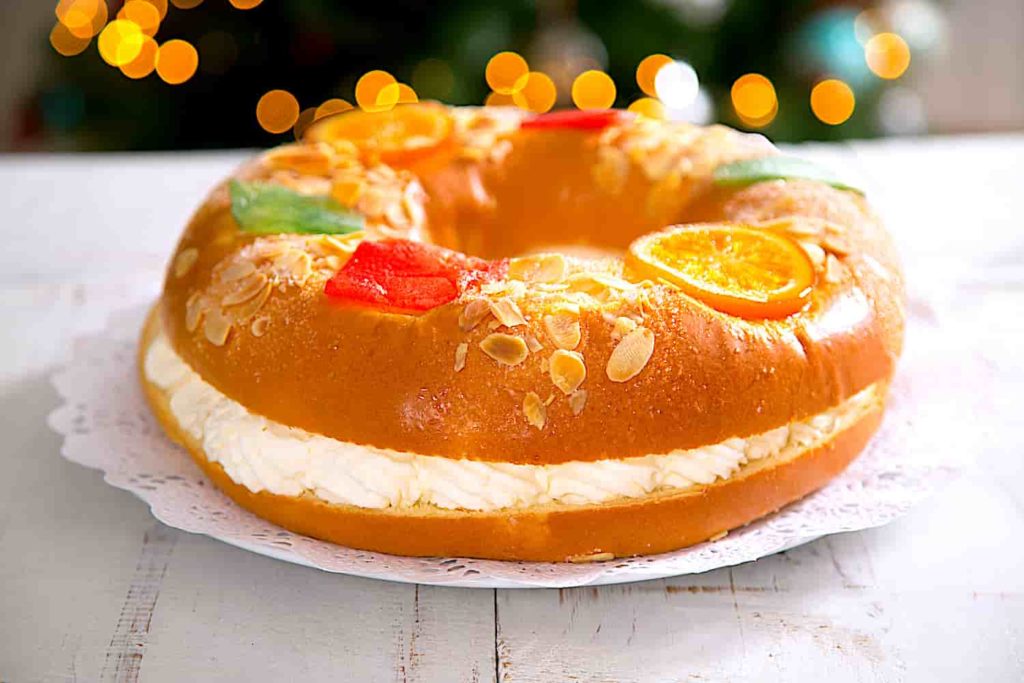
The Joy of Closure: Lessons from La Candelaria
“Great is the art of beginning, but greater is the art of ending.” Henry Wadsworth Longfellow, from the poem Elegiac Verse
Many processes in life have very definite beginnings, but endings are often more ambiguous. People frequently suffer from not getting closure, but far less common is complaining of the lack of a start. Instead of definitively concluding, things often just fizzle out, trickle off, or…
I would suggest that precisely because we lack defined endpoints in many areas of life, when we do get them, we should honor them. We could even have a celebration to mark the end, or to say, “enough is enough.”
The importance of defined endpoints came into focus for me when I learned about some of the Mexican secular traditions around the minor religious holiday of Candlemas (La Candelaria in Spanish). I think the cultural practices around this holiday might even hold some lessons about the ways we could celebrate closure in other aspects of life.
What is Candlemas?
Although I was raised in a tradition that technically observes Candlemas, I had only the vaguest idea of what it was until recently. In the U.S., Candlemas does not hold a prominent place in the cultural imaginary.
When I met my husband, who is Mexican, I learned that Candlemas did play an important role in his culture, so I took it upon myself to learn more about it.
Candlemas is a minor Christian holiday observed in Catholicism and many liturgical traditions of Protestantism (Lutheranism, Presbyterianism, Episcopal traditions, etc.). It falls on February 2 and celebrates the presentation of the infant Jesus at the Temple in Jerusalem, as well as the purification of the Virgin Mary.
Candlemas is one of the oldest holidays in the Christian tradition, as there are records of it being celebrated as far back as the fourth century of the Common Era.

In many traditions today, Candlemas is barely observed, even among the very religious. In others, it is a winter holiday associated with the blessing of candles. In France and Belgium, it is a time for eating crepes, even for the non-religious. In terms of secularized holidays of Christian origin, it does not compare in popularity to Christmas, Halloween, or even Valentine’s Day.
An End to The Winter Holidays
In many parts of the Christian world, the Christmas season concludes near the beginning of January. The “twelve days of Christmas” end on January 5, and Epiphany (or the Day of the Three Kings) comes on January 6. The arrival of the Three Kings or Wise Men is a cause for big celebrations in many countries.

In several cultures, Epiphany is the day when children receive their holiday gifts (instead of on Christmas morning). In some countries, Epiphany is also celebrated with a special dessert or sweetened bread. In France it is called Galette des Rois, in Spain it is a Roscón de Reyes, and in Mexico it is called a Rosca de Reyes.
In much of the Spanish-speaking world, the cake is crown shaped, has the consistency of an enriched bread, is slightly sweet, and is topped with sugary decorations. Inside, a little figurine (often in the shape of the baby Jesus) is hidden. It is considered lucky to be the person who gets the slice of the cake/bread with the figure hidden inside. These traditions of January 6 are considered the end of Christmas season in much of the world, but in Mexico, the holiday season continues for nearly another month.
A Specifically Mexican Candlemas
While Candlemas is considered a minor Church holiday, the secular traditions around it outweigh its religious significance in much of Mexico. Beyond that, La Candelaria in Mexican culture has a much different flavor than in other parts of the world.
Epiphany or Three Kings Day is celebrated in Mexico and is considered something of a “soft ending” to the Christmas season. Candlemas, however, is the “hard ending”… what I have come to think of as the celebration of “enough is enough.” This manifests in a couple of ways.

The first manifestation is through the tradition of eating up all the holiday leftovers. Tamales are the traditional food for Christmas in Mexico. It is common for families to make one or more varieties of sweet, savory, or spicey tamales on Christmas Eve, and then exchange them with family friends in the days after the holiday. Often people make or trade more tamales than they can possibly eat, and so leftovers get frozen to consume over the following weeks. One common tradition is to use La Candelaria as the occasion to eat any of the remaining frozen tamales. It’s as if to say, “we’ve enjoyed the holiday fare, but enough is enough. Today we eat the last of it.”
Another tradition is related to the Rosca de Reyes, or Three Kings Bread. Remember the “lucky” person who on January 6 gets the piece of bread with the little figurine in it? Well, if that’s you, then you are responsible for the meal of La Candelaria. If you have leftover tamales… congratulations… you know what’s on the menu. If not, you are either cooking or taking the group out for a meal. In this way, La Candelaria is definitively the last festive meal of the holiday season.
The Lesson of La Candelaria
I contend that modern society has a problem with endings. Relationships, romantic or otherwise, often drag on and fizzle out rather than ending definitively. We’ve all known people who graduate, but then never quite leave school (or home); some people call this “a failure to launch,” but I wonder if it isn’t more of “a failure to complete.”
Often in contemporary life, traditions hold on longer than they are useful or enjoyable. Retirements are phased and careers end with lingering professional obligations. Many of us hold on to experiences (or unused gym memberships) longer than we should.
All this being said, there are undoubtedly benefits to transition time as a process winds down. Some things need to end slowly instead of all at once. Soft endings have their place.
But with everything, there comes a point when enough is enough. And when the time arrives for the hard ending, it helps to honor it with a celebration. It is best to go out with a bang… or at least with a tamale.